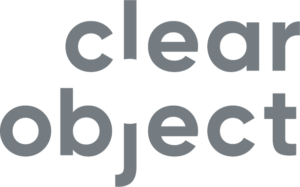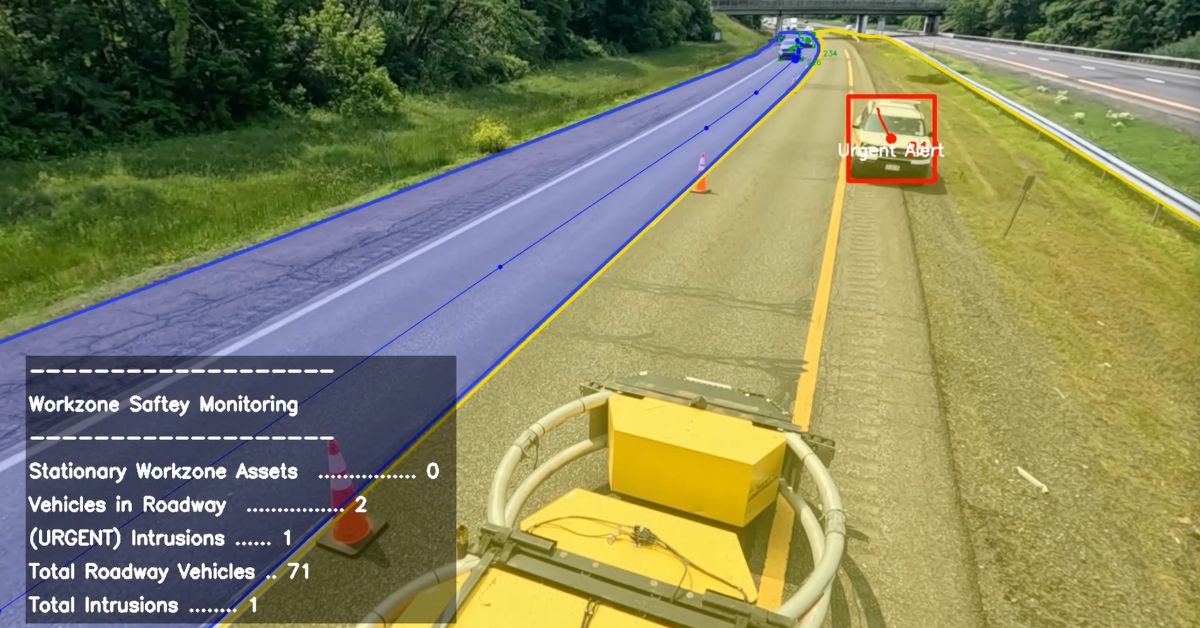We all read too many news stories about highway workers being injured (or worse) on the job. Everyone is in a hurry, but we all agree that arriving on time is not worth someone’s life.
Construction, maintenance, and utility work on roadways is inherently hazardous. When you add in speeding, distracted drivers, limited sight lines, shifting lanes, and nighttime/weather conditions, work zones become some of the most dangerous places for workers, drivers, and passersby.
The Challenge: Alarming Statistics
- In the U.S., one work zone fatality occurs for every 4 billion vehicle-miles traveled. [1]
- In 2023, work zone crashes caused 898 deaths and injured about 40,170 people. [2]
- Over the past decade, annual fatal crashes in work zones have climbed from about 536 in 2013 to 821 in 2022. [3]
- In 2022 alone, there were approximately 96,000 crashes in U.S. work zones, resulting in about 37,000 injuries and 891 fatalities (including pedestrian and worker deaths). [4]
- Highway worker (road construction site) fatalities ranged from about 94 to 143 per year between 2013 and 2022. [5]
- These statistics do NOT include near misses, which disrupt work and may cause trauma for drivers and workers.
These numbers underscore that despite decades of safety protocols, signage, barriers, and enforcement, work zones remain high‐risk environments. Traditional warning systems—cones, static signage, flaggers—are necessary but often insufficient against driver distraction, speed, or intrusion into restricted zones.
Cities, DOTs, and contractors are experimenting with new technologies and strategies to reduce work zone fatalities and intrusions. Below are some of the more promising or emerging methods:
Traditional + Enhanced Methods
- Barrier protection / positive protection
Physical barriers (Jersey barriers, concrete barriers, impact attenuators) offer the most basic shield between traffic and work crews. These are mandated or recommended in many work zone standards - Enforcement & speed reduction zones
Reduced work zone speed limits, automated speed cameras, move-over laws, and increased patrol presence. Some states have seen crash reductions when enforcement is active. - Automated Flagger Assistance Devices (AFADs)
These are semi-automated flagging devices that allow a worker to control traffic signals remotely, minimizing their exposure in the path of live traffic. However, they are supplementary—they don’t fully replace flaggers—and rely on drivers obeying signals. - Smart / “Connected” Work Zones
Deploying radar, micromobility sensors, loop detectors, or intrusion alarms to detect errant vehicles or queue backups, and alert workers or drivers. These systems can drive dynamic signage or warnings. - Work Zone Intrusion Alert Technologies (WZIATs)
These are specific systems designed to detect when a vehicle intrudes into a protected work zone or buffer area and trigger an alert (audible, visual, or message) for workers or motorists. - AI / Vision-Based Systems & Sensor Fusion
Recent projects are applying computer vision, AI, and sensor fusion (camera + radar + LiDAR) to detect unauthorized encroachment, measure vehicle trajectories, and issue real-time alerts. - Work Zone Visibility & Monitoring Tools
Tools that use computer vision to verify the presence and correct placement of cones, barrels, barricades, signage, and taper layouts, ensuring that the work zone itself is constructed safely and remains intact.
These methods can reduce risk, but challenges remain: false alerts, latency, occlusion, maintenance, communications infrastructure, and system scalability.
ClearWorkZone: ClearVision for Work Zone Safety Monitoring and Alerts
To address these challenges, ClearObject offers ClearWorkZone – Work Zone Safety Monitoring, a solution combining cameras, AI, and intuitive alerts to create an additional layer of protection in work zones. Unlike static signs or basic detection systems, ClearVision is designed to detect real threats in real time and help prevent tragic incursions before they reach working crews or wrong lanes.
What ClearWorkZone Offers
- Edge-based AI (no network dependency)
ClearWorkZone processes video feeds directly on edge hardware, no reliance on continuous network bandwidth or latency-prone cloud connections. This ensures that alerts fire promptly even in disconnected or bandwidth-constrained zones.
- Easy to operate & deploy
The system is designed for field deployment with minimal configuration. Once cameras are calibrated, ClearWorkZone is designed to work without setup, requiring only configuration via a touch screen in the truck.
- Real-time worker alerts
When the system detects a vehicle intruding the work zone boundary, it can trigger immediate alerts via wearable devices. This gives workers critical seconds to take protective action.
- Intelligent Dashboards & Analytics
ClearWorkZone logs all intrusions, including timestamps, bounding trajectories, severity scores, and location data. A dashboard allows planners, safety officers, and operations teams to review incidents, track patterns, evaluate false alarms, and refine system parameters. We use LTE to get real-time positioning of all trucks outfitted with our system. Also, we use our system to gather speed data to understand how setup and policy can help reduce speed through the work zone.
- Worker & site protection beyond cones and signs
Cones, barrels, signage, and flaggers are essential—but they can be bypassed, ignored, or degraded. ClearVision augments these defenses by acting as a virtual sentinel, actively watching the boundaries and warning of encroachments even where sight lines are limited.
- Evidence gathering for incident response
In the event of an intrusion or near miss, ClearVision automatically triggers recordings from all connected cameras—rear, front, and side-mounted—creating a synchronized video record of the event. These clips are compiled into evidence packets that can be reviewed by safety supervisors or provided directly to law enforcement and regulatory authorities to support investigations and enforcement actions.
How ClearWorkZone Works
- Camera Integration & Calibration
We integrate with existing site cameras (or deploy new ones where needed). We provide all necessary hardware for monitoring & alerting (including wearables). Each worker is equipped with a ClearGuard™ — a wearable edge device that connects directly to the ClearZone network. Powered by ClearVision it delivers real-time visual, haptic, and audio alerts when vehicles breach the zone perimeter.
- Object Detection & Tracking
ClearWorkZone tracks vehicles or other road users and monitors their trajectory relative to the work zone boundary.
- Intrusion Logic & Alert Triggering
Defined spatial buffers or zones are monitored. If an object crosses into a prohibited zone, an alert is triggered in real time.
- Alert Delivery & Escalation
Alerts can be sent to worker wearable devices, in-field audible, visual, and haptic alarms, control center dashboards, or integrated with signage or barrier control systems.
- Event Logging & Feedback
Each event is recorded with contextual metadata. Supervisors can review events, verify false alarms, and feed corrections back into the system to tune future performance and create cases to impact policy.
- Continuous Improvement Loop
Over time, ClearWorkZone can learn from verified events, operator feedback, and changes in the work zone configuration (e.g., shifting lanes, new taper layouts). The system fine-tunes detection thresholds and boundary zones.
Watch ClearWorkZone action
If your jurisdiction, agency, or contracting teams are looking to bolster work zone safety with real-time intrusion detection, worker alerts, and advanced AI protection. In that case, we’d welcome the opportunity to discuss how ClearVision can be deployed. Contact ClearObject.
Learn more about ClearWorkZone: Download the PDF Here
SOURCES
1 – “FHWA Work Zone Facts and Statistics” U.S. Department of Transportation, Federal Highway Administration. August 27, 2025
2 – “Motor Vehicle Safety Issues: Work Zones” NSC Injury Facts.
3 – “Work Zone Traffic Crash Trends and Statistics” American Road & Transportation Builders Association (ARTBA), The National Work Zone Safety Information Clearinghouse , 2025.
4 – “Motor Vehicles Safety at Work” National Institue for Occupational Safety and Health, CDC. November 6, 2024.

